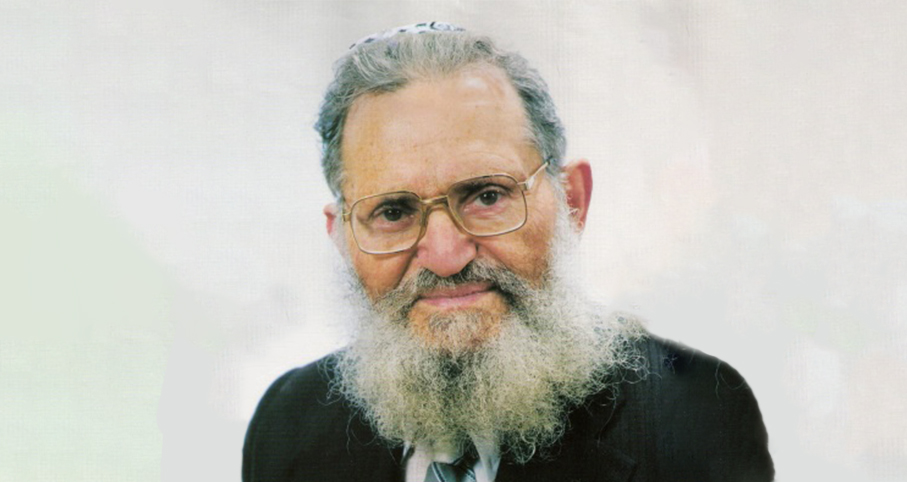- Torah Portion and Tanach
- Terumah
173
The overall "mission statement" of the Mishkan can be encapsulated in the command by Hashem, "V’Asu Li Mikdash, V’Shachanti B’Tocham" – Make for me a sanctuary, and I shall dwell within it – or within you. What, exactly, does that phrase mean? I suggest that the various objects here are more than just evocative works of art to inspire or admire; they are meant to both mimic the midot of the Shechina (G-d's presence) and serve as a model for how we - every Jew - can turn our own selves into a kind of living, breathing Mishkan into which G-d and G-dliness can enthusiastically enter and dwell within.
There is the Mizbeyach, upon which the offerings were brought. This was our primary conduit for giving, and for expressing our innermost thoughts. To say, "Thank you" for the gifts and favors we enjoy, as well as, "I’m sorry," for
the failings and "fashlas" we commit. The Mizbeyach also represents the sacrifices that we may often be called upon to make, in both our personal and collective lives.
Then there is the Aron Kodesh, the repository of the Luchot-tablets, both the whole and broken sets. At times we, all of us, are Shalem, whole; at other times we are nishbar, broken. But at all times we must internalize and embody the Mitzvot engraved on those stones. We must pursue knowledge, and carry out the dictates and directives of the Divine which define our life.
Atop the Aron are the Keruvim – baby-faced angels, male and female, whose wings spread over the Aron and protect the place from which G-d’s voice emanates. The Keruvim represent innocence, purity, a lack of cynicism, and Love. If we can emulate those qualities, then we, too, can merit to hear G-d’s voice anytime we choose to listen.
Finally, there is the Menora, the Eternal Light. Its purpose was to demonstrate G-d’s eternal presence, as it burned night and day, even being lit on Shabbat. It reminds us that Hashem is always with us. The Menora also prods us to spread light wherever we go, to enlighten others and care not only for our bodies, but for our souls as well, for fire is the primary symbol of the Neshama.
While the Mishkan/Bet HaMikdash may be (temporarily) absent, each of us can ourselves become one, and in doing so, become One with Hashem.

Is It Time To Rebuild The Temple
Israel National Torah
Baruch Gordon | Adar 4 5781

The Ark- A Torah Symbol or a National One?
Parashat Terumah
Rabbi Yossef Carmel | 5765

How Wooden Beams Prove Perfect Faith
Rabbi Moshe Tzuriel | Adar I 3 5782
Terumah
Rabbi Berel Wein | 5770

The Ethic of Holiness
Rabbi Jonathan Sacks

The Ethic of Holiness
Rabbi Jonathan Sacks

Hamapil for Those Who Take a Long Time to Fall Asleep
Rabbi Daniel Mann | Shvat 5773

A Layman's Guide to some Halachic Aspects
Rabbi Yirmiyohu Kaganoff | 5773

Tolerance but Not at All Costs
Ayn Aya Shabbat v, 73
Rabbi Ari Shvat | Iyar 5785

Daf Yomi Makkot Daf 22
R' Eli Stefansky | 2 Iyar 5785

P'ninat Mishpat: Rental of an Apartment that Was Not Quite Ready – part II
based on ruling 82031 of the Eretz Hemdah-Gazit Rabbinical Courts
Beit Din Eretz Hemda - Gazit | Iyar 5784








